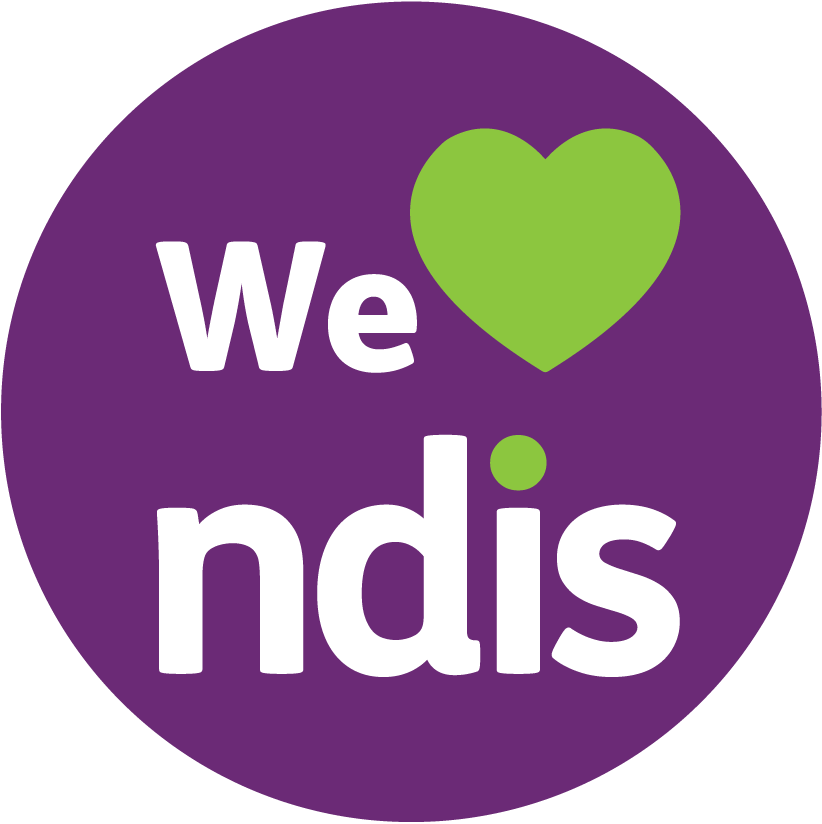The NDIS provides funding to support individuals living with disability in Australia. This funding can be of great use in designing the types of custom supports most suitable to your needs, goals and objectives. However, as with any funding, it’s not limitless, meaning it’s crucial to prioritise the allocation of this funding across the varying supports you require.
If you’ve been using the NDIS for some time, you’ll know just how important it is to budget your supports effectively.
By budgeting and tracking your NDIS supports, you can make sure you’re putting this funding to use as effectively as possible. We’ve put together some tips and tools that can help you to do this in an easy and insightful way.
Step 1: Understand the specifics of your NDIS plan
Before you can get to work on budgeting and tracking your NDIS supports, the first step is to make sure you’ve got a clear understanding of your NDIS plan.
Your NDIS plan is created in tandem with your Local Area Coordinator or NDIA planner. During its development, you’ll define the goals, activities and tasks you’d like to allocate your NDIS funding towards. As these are unique from individual to individual, this plan is a great opportunity to get crystal-clear on your short-term, medium-term and long-term goals before shaping your NDIS supports to suit you. You can find more information on the NDIS planning process here.
Spend some time reviewing your plan to familiarise yourself with each support category (Core Supports, Capability Building Supports and Capital Supports). These will be integral in your budget. Keep in mind your plan can also be reviewed and updated, either during an annual review or when your circumstances change.
Step 2: Decide how you’ll track your spending
If you’re managing your own NDIS funding, you’ll be able to assess how your funds can be used to best meet your needs. This will require you to manage your own funding, including tracking spends against your budget allocations.
As with any kind of budget, the sky’s the limit when it comes to the options available to you for implementation and tracking. You’ll need to make sure whichever tool you choose allows you to track your budget, track your spending and easily keep track of relevant invoices and receipts.
A number of plan trackers can automate the process of tracking your NDIS spending and managing your budget, including:
- Plan Tracker. This app helps you to plan your spending, upload invoices and receipts, track claims and payments, and view your budget balances. With a mobile and desktop app, you can use this across devices. (This is a paid app, with pricing beginning at $15/month after a 30-day free trial).
- My Spending Planner. This tool helps you to easily build a budget, break down funding across categories, use pre-loaded NDIS pricing, create a long-term plan and work with an expert if you run into any issues. At $15 a month, this can also be an excellent solution to the ongoing management of your NDIS funding.
- The NDIS Budget calculator. This tool can help you identify how much support is available in your plan, providing funding estimates based on a selected timeframe or the number of hours of support.
- The Blitzit App. This free app gives you all you need to manage and track your NDIS plan, including budget summaries, invoice histories, monthly statements and itemised support categories.
Step 3: Build ongoing communication with your service providers
One key component of managing your NDIS funding is building effective communication patterns with each of your service providers. It’s important that you have a clear understanding of the services they offer and how they align with your funding allocations. By working on building an open and trusting relationship from the beginning, you can simplify the process of tracking and managing your NDIS budget.
It’s also important to regularly monitor the performance of your service providers. If these services aren’t genuinely supporting you in the pursuit of your goals, it may be worth revisiting your budget to assess if there’s a more strategic use of that funding. If you encounter any issues with your provider, effective communication can also help to prevent them from turning into larger, ongoing problems.
Step 4: Regularly review your budget and method of tracking
What works for one person won’t necessarily be the best system for the next. While budgeting and tracking may come easily to some, don’t be surprised if it takes some trial and error to find the best rhythm for you as an individual. Just like with a general budget, there’s no one-size-fits-all approach!
If you find that a particular tool, app or tracker is cumbersome to use, don’t be afraid to try another option. With various tools and resources available to you, you can find a system that’s going to suit your needs and preferences. This will also help you maintain a strong and positive relationship with this budgeting process (rather than dreading it).
Experiment with setting aside a dedicated time and day to review your NDIS budget and spending. You may find that a weekly or fortnightly routine is the best way to approach this. By setting aside that dedicated time to review your budget, track your spending and assess the effectiveness of your supports, you can make sure you’re on top of your NDIS funding and remove the risk of running out.
Finally, remember that any budget needs to stand up to life’s flexibilities. If your NDIS needs change over time, it’s best to remain open-minded to adjusting your budget and tracking accordingly. The plan is there to serve you – not the other way around.
Support by you, for you
Our team at Enhanced Lifestyles believes that every individual living with disability should be able to decide how to live their lives. That’s why we remain a member-governed not-for-profit, providing support services based on lived experiences. We work with you to co-design support that suits your lifestyle.







